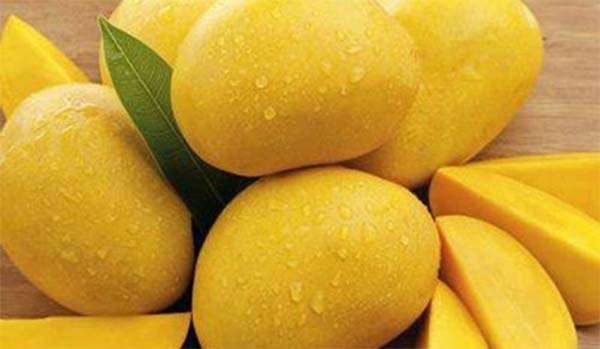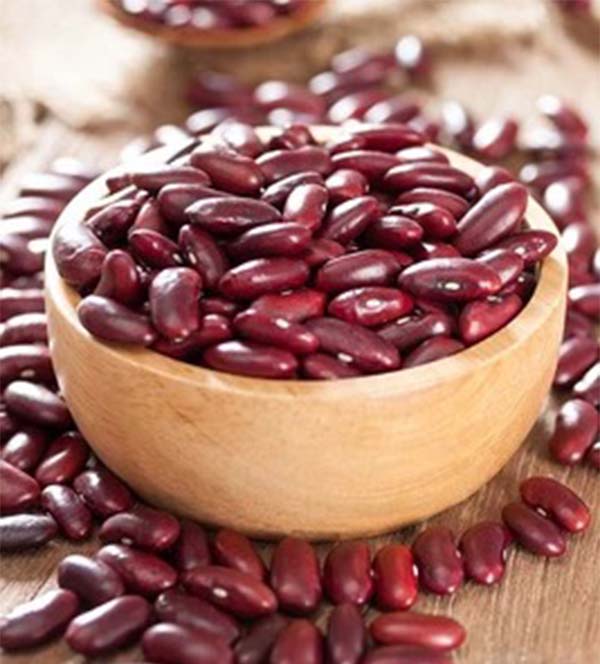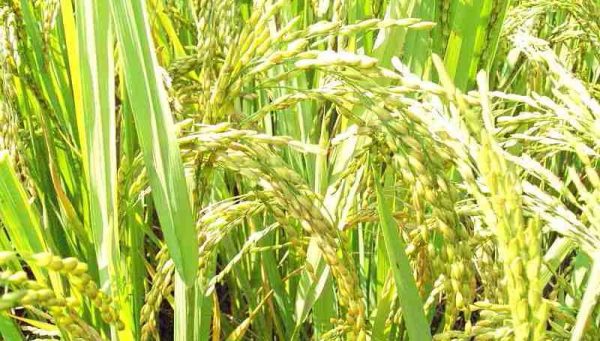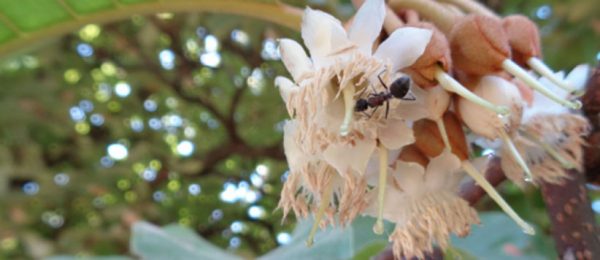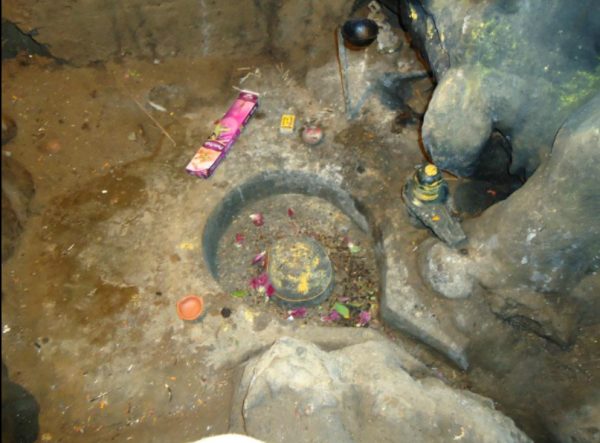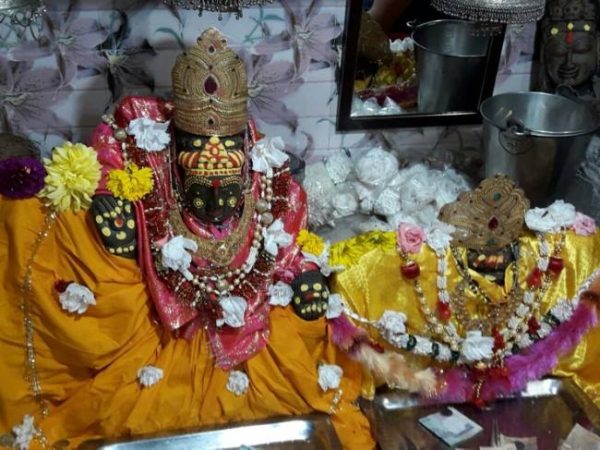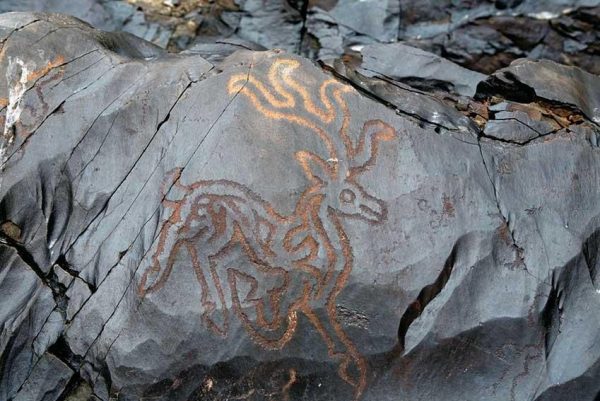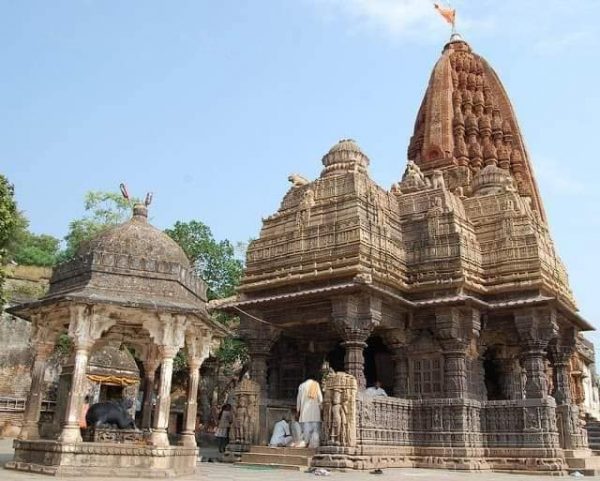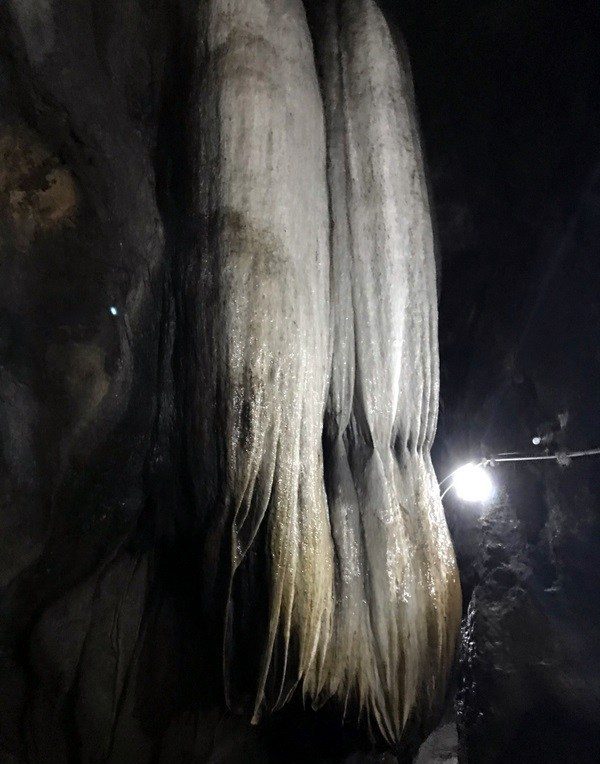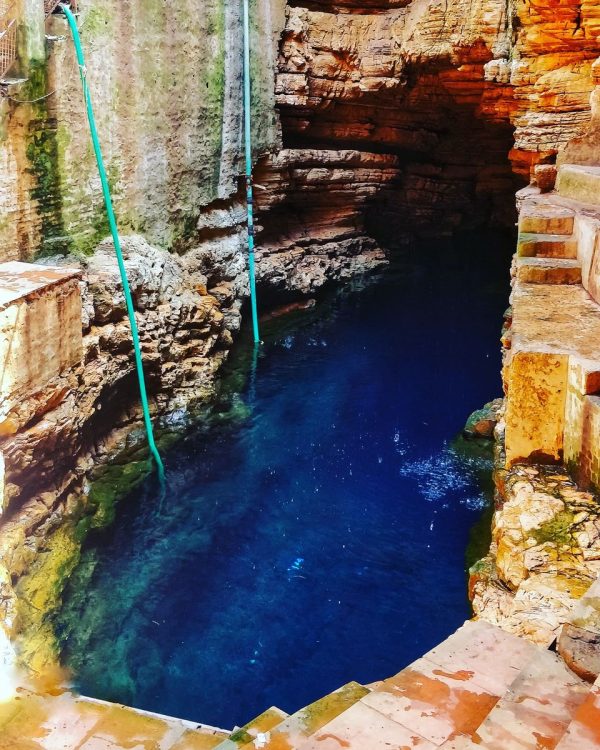The Rataul mango was discovered by the renowned mango aficionado, Sheikh Mohammed Afaq Faridi (grandson of the late Abdur Razzak who cultivated the first mangoes in Rataul in the late 1800s) while taking a stroll in a farm. Sheikh Mohammed Afaq Faridi was so passionate about mangoes that he could tell the variety just by... Continue Reading →
Naga Cucumber
Cucumber is said to have been cultivated by many indigenous communities in India for more than 3,000 years. Cucumber has been grown by tribals in Nagaland for centuries. It is one of the most important crops of the North Eastern states and Nagaland ranks fifth in area under cultivation and third in production. The... Continue Reading →
Munsyari Rajma of Uttarakhand
The famed Munsyari rajma derives its name from Munsyari, situated at the entrance of Johar valley (used to be an important trade route with Tibet in ancient times) in Uttarakhand at an altitude of 7,200 feet. Munsyari rajma or rajmash as it is popularly known is a valuable cash crop grown in North Western Himalayan... Continue Reading →
Kapileshwar Mahadev Temple, Almora, Uttarakhand
Almora in Dev Bhoomi Uttarakhand is renowned for its ancient heritage (primordial human settlements and early Aryan people), culture, history (mentioned in the Puranas and Mahabharat), art and food. There are many temples built here by the Chand dynasty who catapulted Almora into a formidable seat of power in the 1500s. The beautiful Kapileshwar... Continue Reading →
Timmersain Mahadev, Neeti Village, Chamoli District, Uttarakhand
Neeti of Joshimath block in Chamoli district of Dev Bhoomi Uttarakhand is the last village along the Indo-China border. This remotely quaint village is home to Barfani Baba, popularly known as chota Amarnath. The villages in Neeti valley are accessible for only six to eight months due to adverse weather conditions. Many rare medicinal... Continue Reading →
Gauri Udiyar, Bageshwar, Uttarakhand
The holy town of Bageshwar situated at the confluence of Sarayu, Gomti and Bhagirathi rivers is revered by all and deemed as the land of Lord Sadashiva. This sacrosanct place is said to liberate one from the bondage of birth and death and is venerated in the Puranas. Bageshwar is nestled amidst the Bhileshwar and... Continue Reading →
Balaghat Chinnor, Madhya Pradesh
Balaghat, commonly called as the rice bowl of Madhya Pradesh produces one of the finest indigenous varieties of rice in the country. The Chinnor rice is a native of Balaghat district and finds mention in several literature and historical texts. According to the farmers, Chinnor is derived from chiknaiyukt nokdaar sugangdhit chavur where chi comes from chiknaiyukt, no from nokdaar and... Continue Reading →
Kumaon Chyura Oil of Uttarakhand
Chyura or Indian Butter Tree (Diploknema Butyracea), largely found at an altitude of 1600 m is one of the most economically important but lesser known and underutilized multipurpose tree of the Himalayas. This Kalpabriksha or Kalpavriksha as it is known in Uttarakhand has an ancient association of spiritual and cultural importance with the indigenous communities of... Continue Reading →
Solapur Pomegranate of Maharashtra
Pomegranate or anar or dalimb as it is known in the local language is said to have its origin in Baluchistan in Iran and the Himalayas. The cultivation of pomegranate began in the late 1960s in Solapur district. Locals say that in 1972, Solapur faced extreme drought and emphasis was laid on increasing the cultivation... Continue Reading →
Kapileshwar Mahadev Cave Temple, Pithoragarh, Uttarakhand
An unexplored and lesser-known gem in Dev Bhoomi Uttarakhand is the Kapileshwar Mahadev cave temple situated on a steep hill above Ancholi village about 3 kms from Pithoragarh. This ancient temple is tucked away from all the hustle and bustle of pilgrims travelling to Kailash Manosarovar and offers a panoramic view of the famous Saur... Continue Reading →
Kot Bhramari Devi Temple (Kot Ka Mandir), Bageshwar District, Uttarakhand
When and who built this ancient Kot Bhramari Devi temple remains a mystery till date. Famous poets, litterateurs and writers have extolled the divine radiance and presence of Bhramari Devi in Bageshwar many a time. Jaishankar Prasad in his renowned drama 'Dhruv Swamini' has spoken of the great Chandragupta Maurya's stay in this region with... Continue Reading →
Arunachal Orange
Arunachal mandarin orange more commonly known as Wakro orange (deriving its name from the place where it is grown extensively in Arunachal Pradesh) is the oldest cultivated fruit crop in the state. Citrus is by far the largest grown horticultural crop in Arunachal Pradesh and Arunachal orange accounts for almost 90 percent of the total... Continue Reading →
Lasalgaon Onion of Maharashtra
Lasalgaon, situated in Niphad taluk of Nashik district is the biggest market for onions not only in India but in Asia! Maharashtra is the biggest producer of onions in the country and unknown to many, the famed Lasalgaon onion also known as Niphad red or Nashik red influences the rate of onion in the Asian... Continue Reading →
Purandar Fig of Maharashtra
The journey of the famed Purandar fig began in the late 1300s when Muhammad bin Tughlaq shifted the seat of power from Delhi to Daulatabad. A few people he used to keep company with who were well acquainted with the cultivation of fruits typical to Central Asia started growing these in the dry area of... Continue Reading →
Sharaneshwar Shiva Temple, Abhapur, Polo Forest, Gujarat
The beautiful Polo Forest also known as Vijayanagar Forest located at the foothills of the Aravalli range bordering Gujarat and Rajasthan on the banks of the Harnav River was a place of great importance for the ancient kingdom of Vijayanagar. This densely wooded region derives its name from the word Pol meaning gateway in the... Continue Reading →
Petroglyphs of Ladakh
The Union Territory of Ladakh is one of the most elevated regions in the Himalayas that has been inhabited by humans since the Stone Age. The region of the upper Indus River has been of great importance for Central Asia and India since the ancient times. The influence of Buddhism, indigenous hunting tribes, Tibetan kingdoms... Continue Reading →
Banasura Ka Kila, Lohaghat, Uttarakhand
A British naturalist once commented, "Why go to Kashmir when heaven is here", describing the charming town of Lohaghat in Champawat district in the state of Uttarakhand. The town derives its names from the river Lohawati that flows nearby. This place is a visual paradise for those interested in natural history in summer when the... Continue Reading →
Tezpur Litchi of Assam
The North Eastern state of Assam unknown to many is a rich biodiversity zone with thriving flora and fauna. Assam is known for its tropical rainforests, bamboo orchards, national parks as well as varied indigenous agricultural and fruit crops. One of the most famous organic produce of Assam is Tezpur litchi. Tezpur litchi is... Continue Reading →
Bangalore Blue Grapes of Karnataka
Grape cultivation in the state of Karnataka can be traced back to the 18th century when the erstwhile Nizam of Hyderabad brought this exotic fruit to the regions of Belgaum, Bidar, Bagalkot, Bijapur and Gulbarga. Over time, various varieties typical to that region’s climatic conditions and soil health were grown by farmers leading to a... Continue Reading →
Bhagalpuri Zardalu of Bihar
Though Zardalu might not find mention among the top varieties of mangoes in India that include Dusseheri, Langra and Alphonso, this mid-season fragrant mango is now much sought-after outside the districts of Banka and Munger in Bihar and slowly getting the recognition it duly deserves. Zardalu or Jardalu as it is also known as,... Continue Reading →
Narmada Parikrama: Siddhanath Temple, Nemawar, Madhya Pradesh
The historical city of Nemawar in the state of Madhya Pradesh situated on the banks of the holy river of Narmada is a treasure trove of heritage, art, culture and spirituality. Nemawar or Naabhipura as it used to be known was a famous commercial centre during the Mahabharat era. The kings who ruled over this... Continue Reading →
Patal Bhuvaneshwar Cave, Pithoragarh District, Uttarakhand
“This awesome cave is believed to be as old as earth itself.” – is the first line of the inscription outside the temple summing up the history of the mysterious Patal Bhuvaneshwar Cave situated in the village of Bhuvaneshwar in Pithoragarh district in Dev Bhoomi Uttarakhand. The second line of the inscription runs thus, “It... Continue Reading →
Bhimkund, Bajna Village, Chhatarpur District, Madhya Pradesh
The ancient Bhimkund located near Bajna village in Chhatarpur district in Madhya Pradesh has flummoxed geologists, marine biologists and pretty much anyone with scientific leanings but has captured the hearts of the devout. Also popularly known as Narad Kund or Neel Kund, this unique body of water with its astonishingly vibrant blue hue is believed... Continue Reading →
Kolhapur Jaggery of Maharashtra
Since the 18th century, Maharashtra has been well-known for its extensive jaggery production business, so much so that Chhatrapati Shivaji Maharaj came up with the ingenious idea to establish the first market yard of jaggery to fulfil all its requirements and services. Kolhapur district located in the western part of Maharashtra has been widely accepted... Continue Reading →

